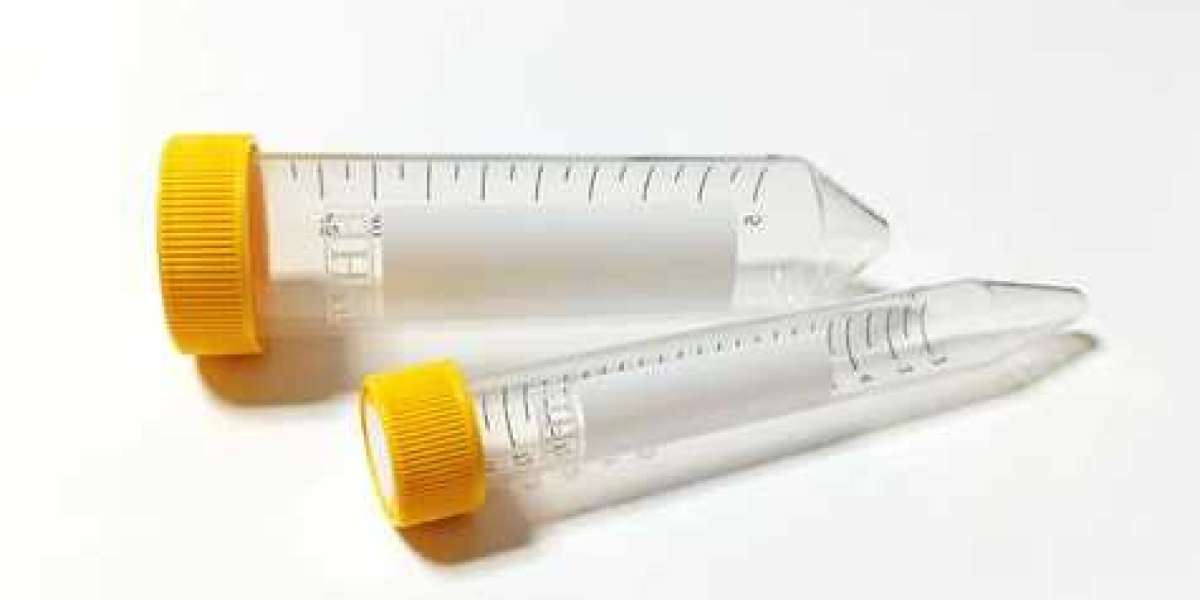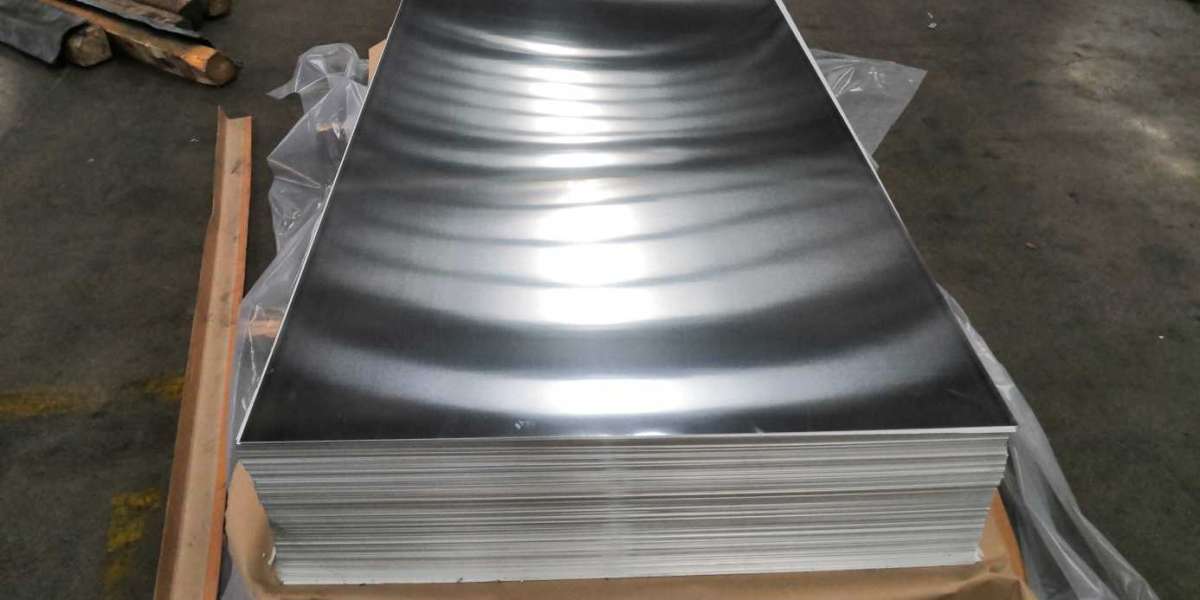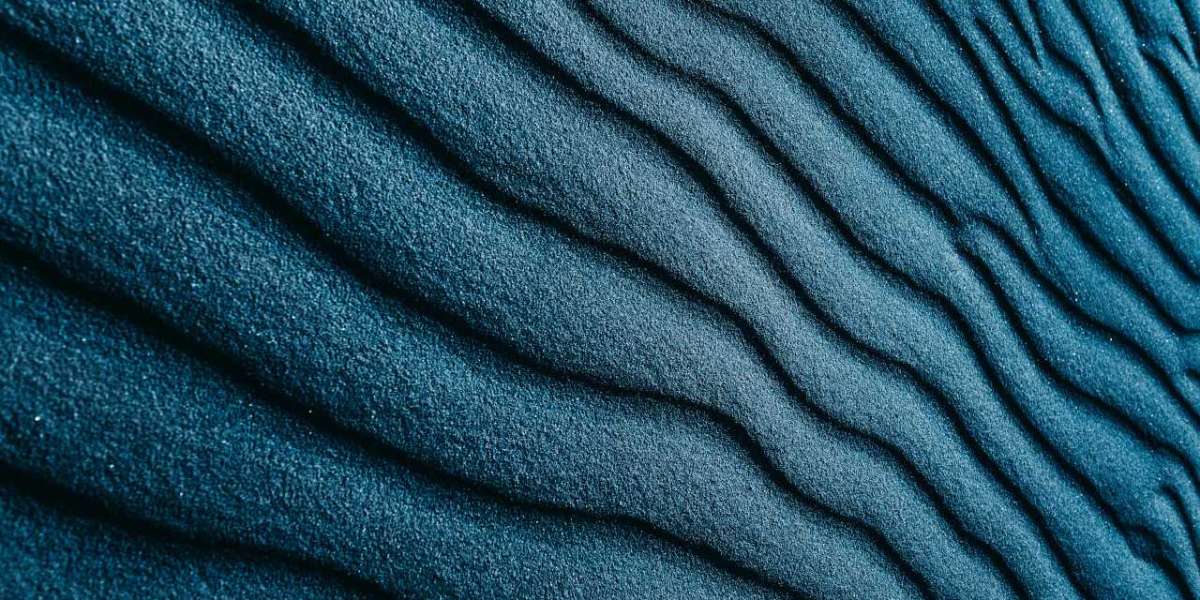Finding the right centrifuge tubes for your research lab can be a daunting task with so many options to consider. This comprehensive guide covers everything you need to know before buying centrifuge tubes online.

Key Points Covered in This Centrifuge Tube Buying Guide:
Comparing glass vs. plastic centrifuge tubes
The pros and cons of reusable vs. disposable tubes
Self-standing vs. conical bottom tubes
Factors to consider when selecting centrifuge tubes
Glass and Plastic Centrifuge Tubes Both Have Advantages and Drawbacks
When deciding between glass or plastic centrifuge tubes, there are tradeoffs to consider. Glass tubes can withstand high temperatures and are easy to clean, but they are more expensive and fragile compared to plastic. Plastic tubes are affordable and durable, but can be difficult to fully sterilize. If using a microcentrifuge, plastic tubes are required given the small sizes. Evaluate your specific needs and centrifuge type when choosing between materials.
Disposable Tubes Are More Convenient While Reusable Ones Are Eco-Friendly
Disposable plastic centrifuge tubes save time since they don't require cleaning. However, they generate more waste and have higher long-term costs than reusable options. Reusable glass or plastic tubes have higher upfront expenses but can last for years with proper care. Reusable tubes are ideal for macrocentrifuges, while microcentrifuges need disposable plastic tubes. Weigh convenience vs. sustainability when picking disposable or reusable.
Self-Standing and Conical Bottom Tubes Each Have Distinct Applications
Self-standing centrifuge tubes don't need racks for drying and have lower risk of spills. Conical bottom tubes require racks but are optimized to pellet samples efficiently. The tube style should align with your centrifuge type - self-standing for swinging bucket rotors and conical for fixed-angle rotors. Select tube bottoms based on centrifuge compatibility and workflow needs.
Further Factors to Evaluate When Purchasing Centrifuge Tubes
Beyond the core decisions above, also consider:
- Tube volume - Choose capacities to suit sample sizes.
- Tube coloring - Clear or colored tubes for light sensitivity needs.
- Quality and brand - Opt for reputable, high-precision tube manufacturers.
- Budget - Balance quality and affordability to meet lab needs.
- Quantity - Buy in bulk for cost savings if high volume usage.
Taking time to evaluate these factors will ensure you select the ideal centrifuge tubes for seamless research workflows.
Top Centrifuge Tube Suppliers and Brands
Leading centrifuge tube manufacturers include:
- Thermo Fisher - Wide selection of high-quality tubes
- Corning - Specialized glass tubes and vials
- Fisher Scientific - Reliable tubes available in bulk
- Vitrolife - Top pick for IVF and embryology
Stick to reputable brands like these to get the best tubes for your application.
Be Informed When Buying Centrifuge Tubes Online
With this comprehensive guide, you now have the key information needed to select the optimal centrifuge tubes. Carefully evaluate your lab's needs in terms of material, reusability, tube bottom style, capacity, and other factors. Choosing the right tubes will maximize research productivity and sample integrity. Refer to recommended top suppliers to purchase quality tubes online with confidence.
Investing time upfront to understand centrifuge tube options will pay dividends through enhanced lab workflows. Use this guide to buy the perfect tubes to take your research to the next level.








